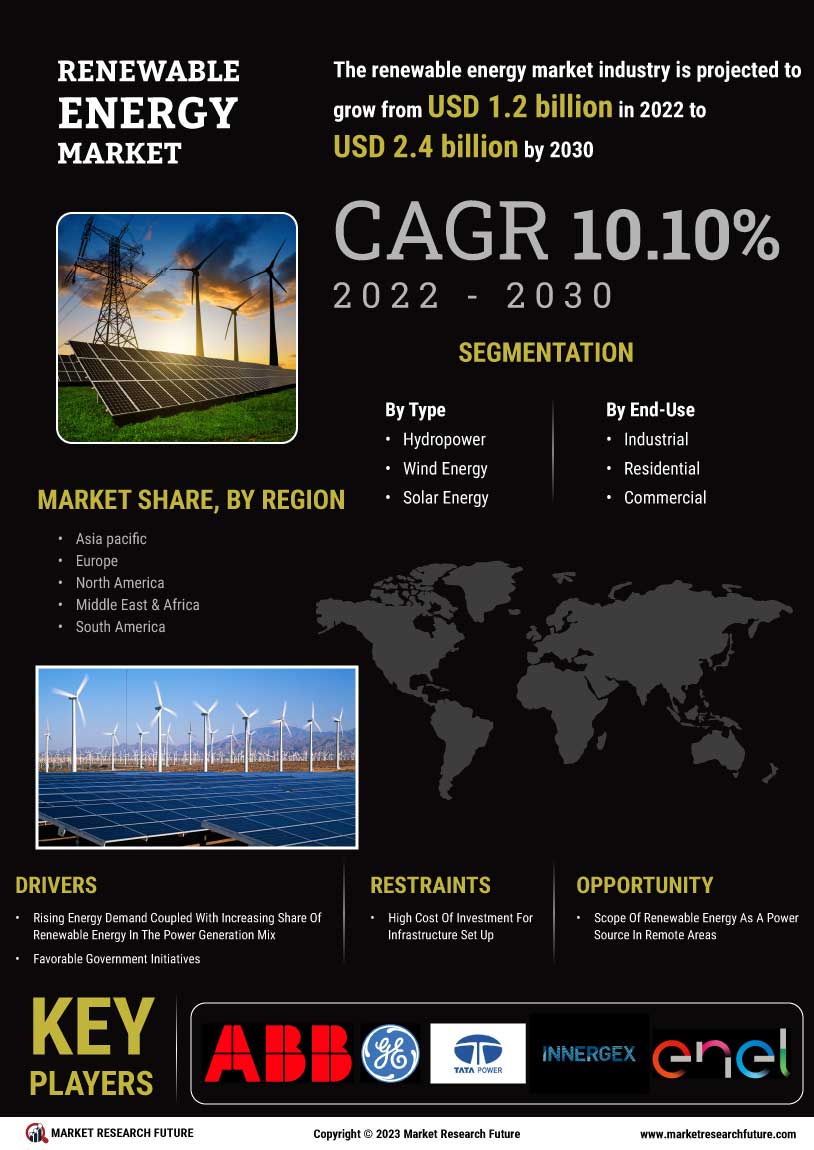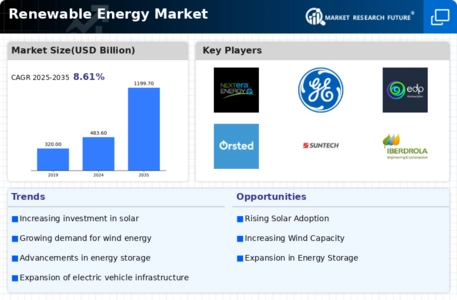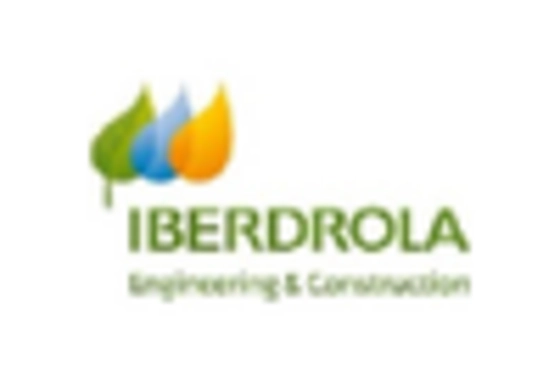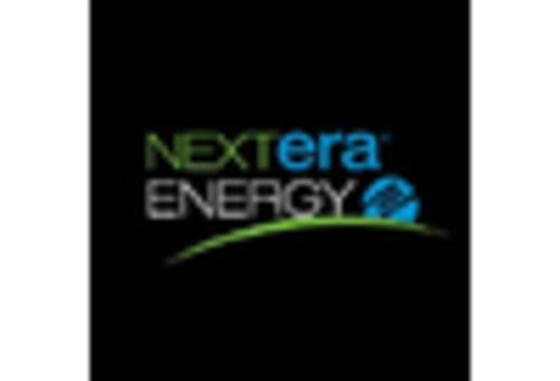Rising Energy Demand
The Renewable Energy Market is responding to the rising global energy demand, which is projected to increase significantly in the coming years. As populations grow and economies develop, the need for reliable and sustainable energy sources becomes more pressing. The International Energy Agency forecasts that global energy demand could rise by 30 percent by 2040, necessitating a shift towards renewable energy solutions. This trend presents a substantial opportunity for the Renewable Energy Market to expand its footprint and meet the needs of consumers and industries alike. The transition to renewables is not only essential for energy security but also for mitigating climate change, making it a critical focus for policymakers and investors.
Technological Innovations
Technological innovations play a crucial role in shaping the Renewable Energy Market. Advancements in energy storage, smart grid technology, and efficiency improvements in renewable energy systems are driving down costs and enhancing the reliability of renewable sources. For example, the cost of solar photovoltaic systems has decreased by over 80 percent in the last decade, making solar energy more accessible to consumers and businesses alike. Additionally, innovations in wind turbine design have led to increased energy capture and reduced maintenance costs. These technological developments not only bolster the competitiveness of the Renewable Energy Market but also facilitate the integration of renewables into existing energy systems, paving the way for a more sustainable energy future.
Regulatory Framework and Incentives
The Renewable Energy Market is significantly influenced by the establishment of supportive regulatory frameworks and incentives. Governments worldwide are implementing policies that promote the adoption of renewable energy sources, such as tax credits, feed-in tariffs, and renewable portfolio standards. For instance, countries have set ambitious targets for renewable energy generation, aiming for a substantial increase in the share of renewables in their energy mix by 2030. These regulatory measures not only stimulate investment but also encourage research and development in the sector. The Renewable Energy Market is likely to see a continued expansion as these policies evolve, creating a favorable environment for both new and existing players in the market.
Corporate Sustainability Initiatives
The Renewable Energy Market is increasingly influenced by corporate sustainability initiatives as businesses recognize the importance of reducing their carbon footprints. Many corporations are committing to 100 percent renewable energy targets, which drives demand for renewable energy solutions. This trend is evident in various sectors, including technology, manufacturing, and retail, where companies are investing in renewable energy projects to power their operations. The Renewable Energy Market benefits from these commitments, as they create a stable demand for renewable energy sources. Furthermore, as consumers become more environmentally conscious, businesses are compelled to adopt sustainable practices, further propelling the growth of the Renewable Energy Market.
Investment in Renewable Energy Infrastructure
The Renewable Energy Market is experiencing a surge in investment, driven by the increasing recognition of the need for sustainable energy solutions. In recent years, investments in renewable energy infrastructure have reached unprecedented levels, with estimates suggesting that global investments could exceed 2 trillion dollars by 2025. This influx of capital is primarily directed towards solar, wind, and hydroelectric projects, which are seen as pivotal in reducing carbon emissions. Furthermore, the Renewable Energy Market benefits from the growing trend of institutional investors seeking to diversify their portfolios with sustainable assets. This trend not only enhances the financial viability of renewable projects but also fosters innovation and technological advancements, thereby creating a more robust and competitive market landscape.

















Leave a Comment